Summaries of books about Biology:
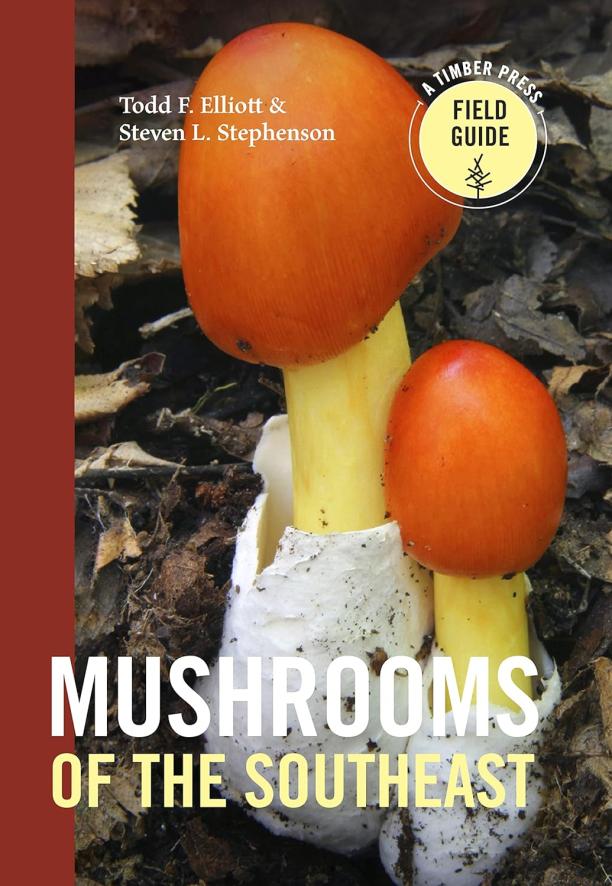
Mushrooms of the Southeast
Todd F. Elliott|Steven L. Stephenson
The book serves as a comprehensive field guide to the diverse range of mushrooms found in the southeastern United States, providing detailed descriptions, color photographs, and identification tips. It covers over 450 species of mushrooms, including information on their habitats, edibility, and look-alikes, catering to both amateur mycologists and seasoned experts.
See full summary

Zoology
The Secret World of Animals
DK
The book offers a comprehensive exploration of the animal kingdom, featuring detailed profiles of a wide range of species, their habitats, behaviors, and physiology. It includes vivid photographs and illustrations, alongside accessible information that caters to both casual readers and those with a deeper interest in zoology.
See full summary
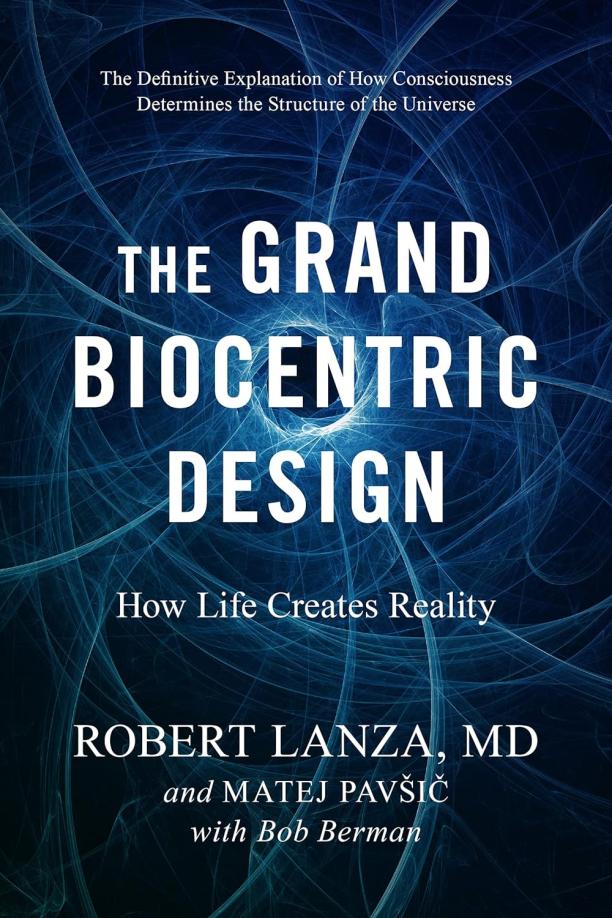
The Grand Biocentric Design
How Life Creates Reality
Robert Lanza|Matej Pavsic|Bob Berman
The book explores the concept of biocentrism, which posits that life and consciousness are fundamental to the understanding of the universe, rather than mere byproducts of random physical processes. It delves into the implications of this perspective for our understanding of reality, suggesting that our perceptions shape the cosmos and that space and time are constructs of the human mind.
See full summary
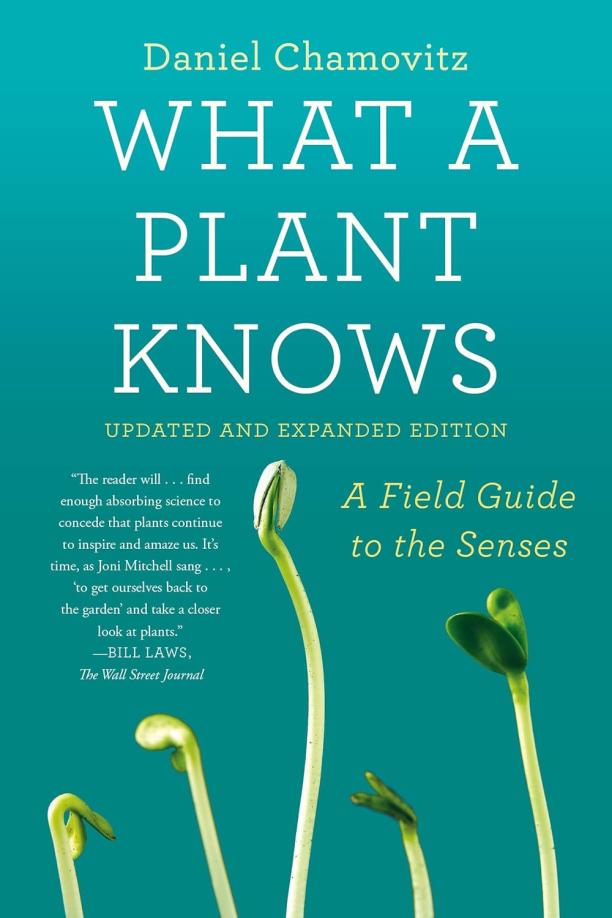
What a Plant Knows
A Field Guide to the Senses: Updated and Expanded Edition
Daniel Chamovitz
The book explores the sensory world of plants, detailing how they perceive their environment through sight, smell, touch, and more. It delves into scientific research to reveal the complex and often surprising capabilities of plants, challenging our traditional understanding of plant senses and behavior.
See full summary

Scale
The Universal Laws of Life and Death in Organisms, Cities and Companies
Geoffrey West
The book explores the concept of scale and how power-law scaling phenomena govern the structural and dynamic patterns in biological systems, urban environments, and business organizations. It delves into the mathematical principles and underlying mechanisms that explain why these systems grow, sustain, and eventually collapse, drawing parallels across different levels of complexity in nature and society.
See full summary
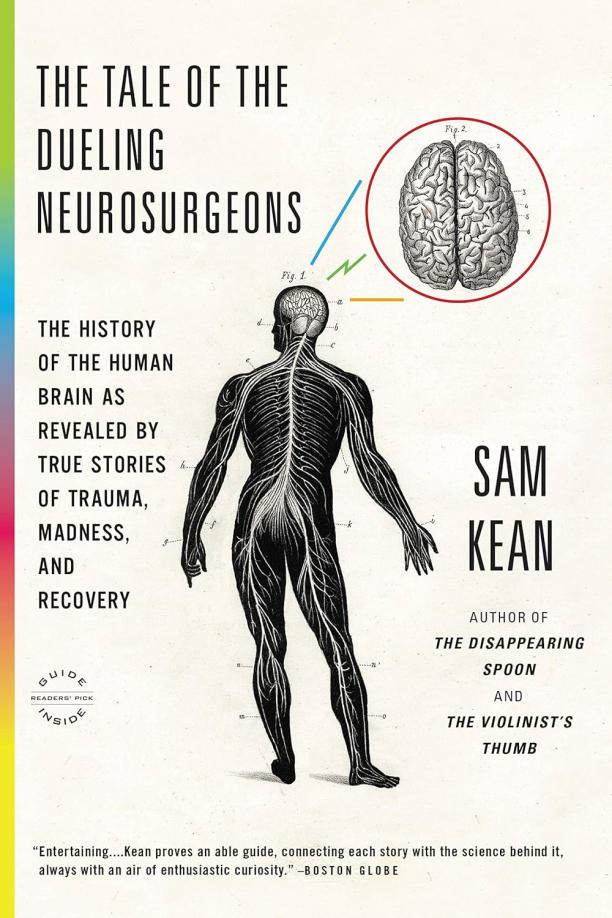
The Tale of the Dueling Neurosurgeons
The History of the Human Brain as Revealed by True Stories of Trauma, Madness, and Recovery
Sam Kean
The book delves into the history of neuroscience through engaging narratives about patients who suffered various brain injuries, revealing how these cases contributed to our understanding of the brain's structure and function. It explores the discoveries that emerged from studying these traumas, offering insights into the complexities of the human brain and the nature of consciousness.
See full summary
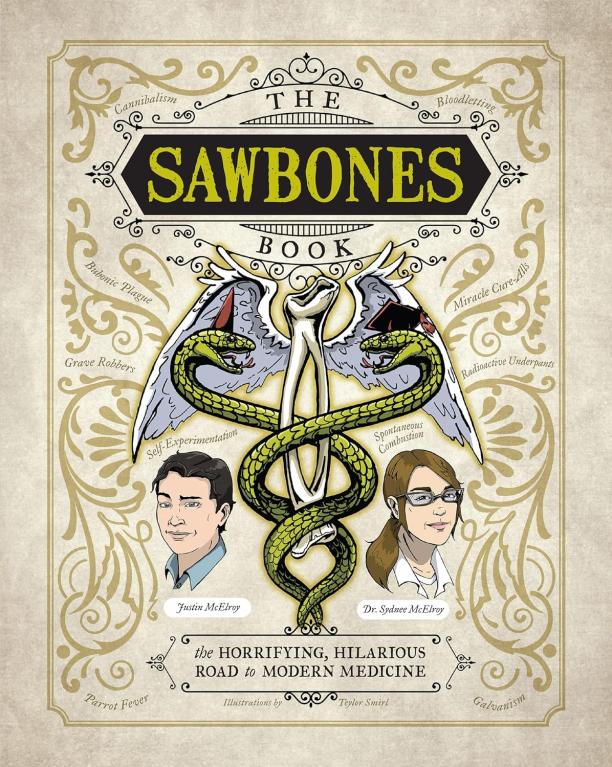
The Sawbones Book
The Hilarious, Horrifying Road to Modern Medicine
Justin McElroy|Sydnee McElroy
The book delves into the bizarre and often gruesome history of medical practices before the advent of modern science, presented with humor and wit. It covers a range of topics from trepanation and bloodletting to the use of leeches, exploring how these misguided procedures paved the way for contemporary medical techniques.
See full summary
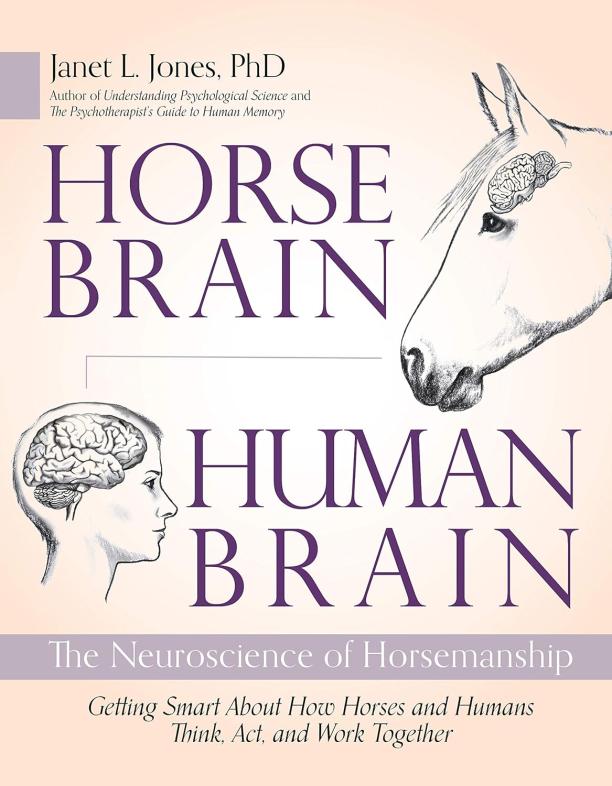
Horse Brain, Human Brain
The Neuroscience of Horsemanship
Janet L Jones
The book delves into the neuroscientific underpinnings of how horses perceive and react to the world, comparing and contrasting it with human brain function. It offers insights into effective training and handling techniques based on understanding equine sensory processing, cognition, emotion, and neurochemistry.
See full summary

The Psychopath Inside
A Neuroscientist's Personal Journey into the Dark Side of the Brain
James H. Fallon
The book chronicles a neuroscientist's discovery that his own brain imaging patterns match those of serial killers, leading him to explore the biological underpinnings of psychopathy and its implications for understanding his personal behavior and familial history. It delves into the interplay between genetics, brain structure, and environment in shaping personality and moral decision-making.
See full summary

Werner's Nomenclature of Colours
Adapted to Zoology, Botany, Chemistry, Mineralogy, Anatomy, and the Arts
Patrick Syme
The book provides a systematic color classification with color swatches and descriptions, linking each hue to examples in nature and various disciplines. It serves as a reference for identifying colors in the natural world and in scientific contexts, with a focus on facilitating accurate communication of color information.
See full summary